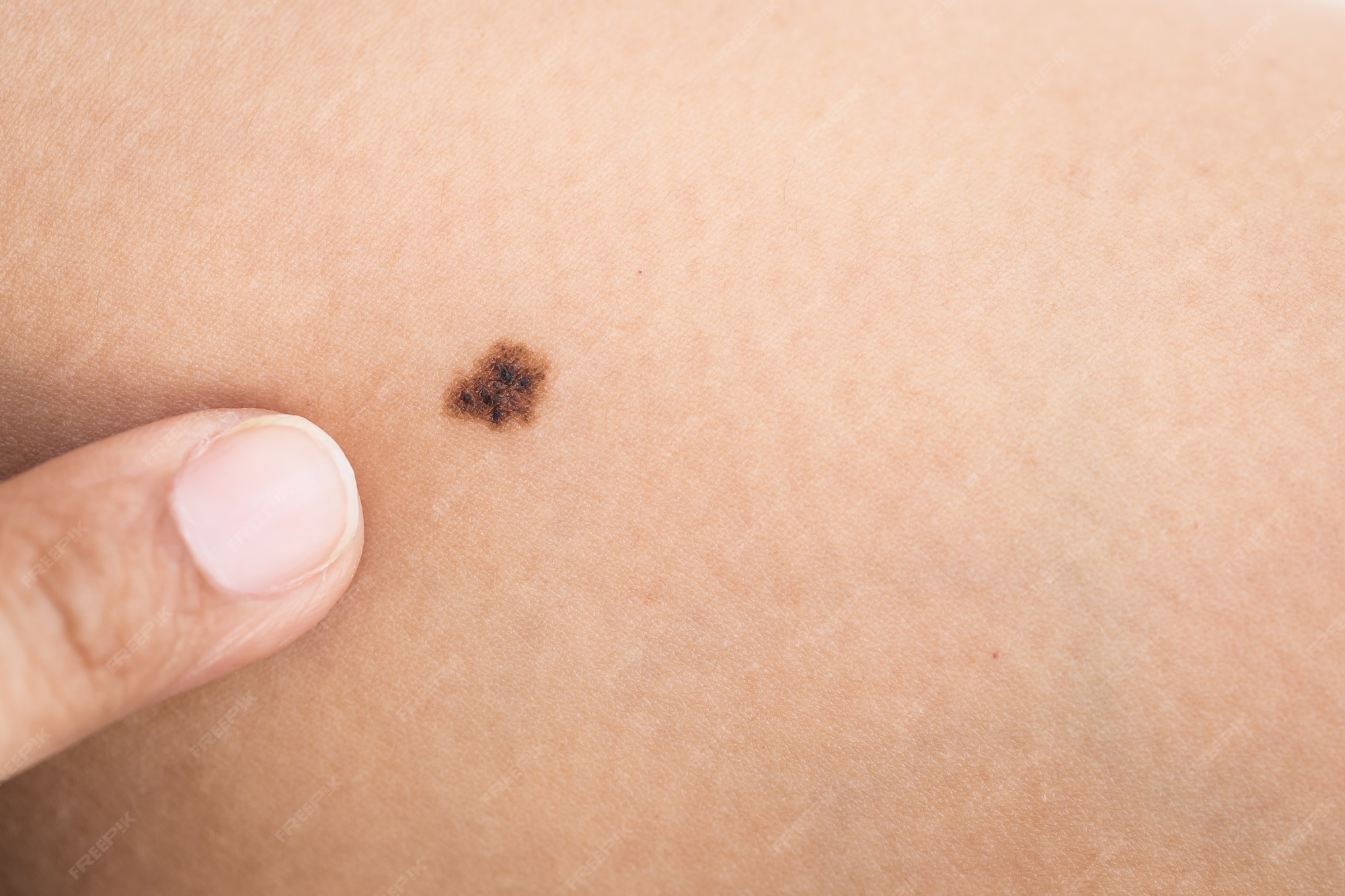
Introduction
When it comes to our bodies, everyone is unique, and that uniqueness extends to the presence of birthmarks. Birthmarks are intriguing, often innocent skin blemishes that can come in various shapes, sizes, and colors. They can be a source of fascination, curiosity, or even concern for many individuals. In this article, we will delve into the world of birthmarks, focusing on the question: How many birthmarks can a person have?
What Are Birthmarks?
Before we explore the quantity of birthmarks a person can have, let’s understand what birthmarks actually are. Birthmarks are skin abnormalities that are present at birth or appear shortly afterward. They are not contagious, and in most cases, they are harmless. Birthmarks can vary significantly in their appearance and are generally categorized into two main types: vascular birthmarks and pigmented birthmarks.
Types of Birthmarks
Vascular Birthmarks
Vascular birthmarks are caused by an abnormal grouping of blood vessels beneath the skin. These birthmarks can appear red, pink, or purple and often fade as a child grows older. Some common types of vascular birthmarks include hemangiomas and port-wine stains.
Pigmented Birthmarks
Pigmented birthmarks, on the other hand, result from an overgrowth of pigment cells in the skin. They can be tan, brown, black, or even blue. Common pigmented birthmarks include café-au-lait spots and moles.
Causes of Birthmarks
The exact causes of birthmarks are not always clear. While some are hereditary, others may be linked to environmental factors or random genetic mutations. These factors can influence the development and number of birthmarks a person has.
Are Birthmarks Hereditary?
Birthmarks can run in families. If your parents or grandparents had birthmarks, there’s a higher chance you may have them too. However, the specific type and number of birthmarks can still vary widely among family members.
How Many Birthmarks Can a Person Have?
The number of birthmarks a person can have varies greatly. Some individuals have only one or two, while others may have several. Factors influencing the quantity of birthmarks include genetics, environmental influences, and pure chance.
Treatment Options
In most cases, birthmarks do not require treatment, especially if they are harmless. However, for those who wish to remove or reduce the appearance of birthmarks, various options exist, including laser therapy, surgery, and topical treatments.
Can Birthmarks Disappear on Their Own?
Some birthmarks can fade or even disappear as a person grows older. Vascular birthmarks, in particular, tend to shrink and fade over time. Pigmented birthmarks, however, may remain unchanged throughout a person’s life.
Should You Be Concerned About Birthmarks?
Most birthmarks are benign and do not pose any health risks. However, there are rare cases where birthmarks may be associated with underlying medical conditions. It’s essential to monitor any changes in the appearance of birthmarks and consult a healthcare professional if you have concerns.
Prevention Tips
Birthmarks are not preventable since their exact causes are not always known. However, protecting your skin from excessive sun exposure can help reduce the risk of developing pigmented birthmarks or other skin issues.
When to See a Doctor
If you notice significant changes in the size, shape, or color of a birthmark, experience discomfort, or have concerns about a birthmark’s appearance, it’s advisable to consult a dermatologist or healthcare provider.
Case Studies
To provide a better understanding of birthmarks, we will share a few case studies that showcase the different experiences individuals have had with birthmarks. These real-life stories illustrate the diversity in the number and types of birthmarks people can have.
Frequently Asked Questions (FAQs)
FAQ 1: Can you develop new birthmarks as you age?
Yes, it is possible to develop new birthmarks as you age. Some may appear during childhood or even in adulthood.
FAQ 2: Are birthmarks the same as moles?
No, birthmarks and moles are not the same. Moles are generally pigmented skin lesions, while birthmarks encompass a wider range of skin anomalies.
FAQ 3: Do birthmarks have any medical significance?
Most birthmarks are harmless and have no medical significance. However, some may require medical attention if they change significantly.
FAQ 4: Can birthmarks change in appearance over time?
Yes, birthmarks can change in appearance over time, usually becoming lighter or fading. However, any sudden or dramatic changes should be examined by a healthcare professional.
FAQ 5: Are birthmarks more common in certain populations?
The prevalence of birthmarks can vary among different populations, but they can occur in people of all races and ethnicities.
Conclusion
In conclusion, the number of birthmarks a person can have is as unique as the individual themselves. Birthmarks come in various shapes, sizes, and colors, and their quantity can be influenced by genetics, environmental factors, and chance. While most birthmarks are harmless, it’s essential to monitor them for any changes and seek medical advice if you have concerns. Understanding the nature of birthmarks can help individuals embrace their uniqueness and make informed choices about their skin health.
